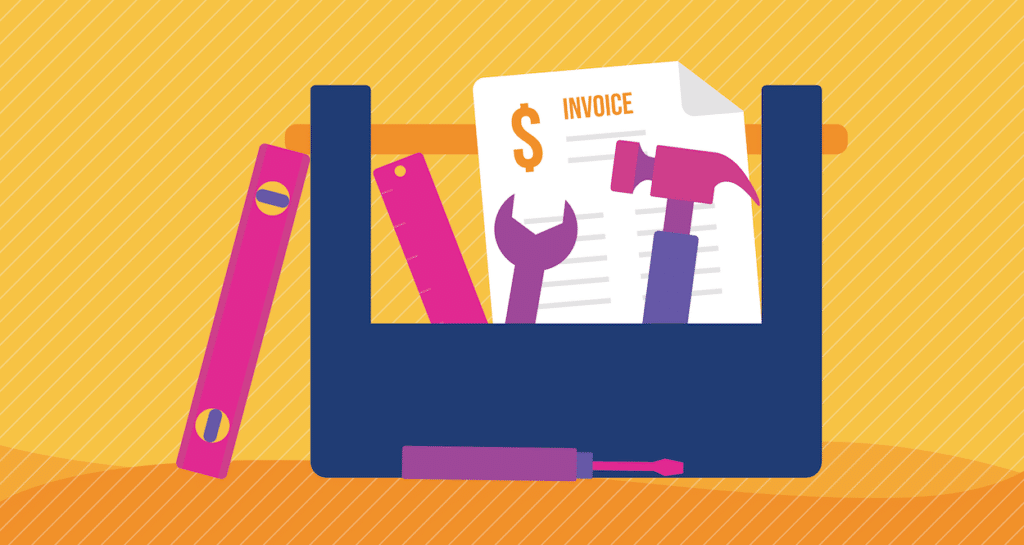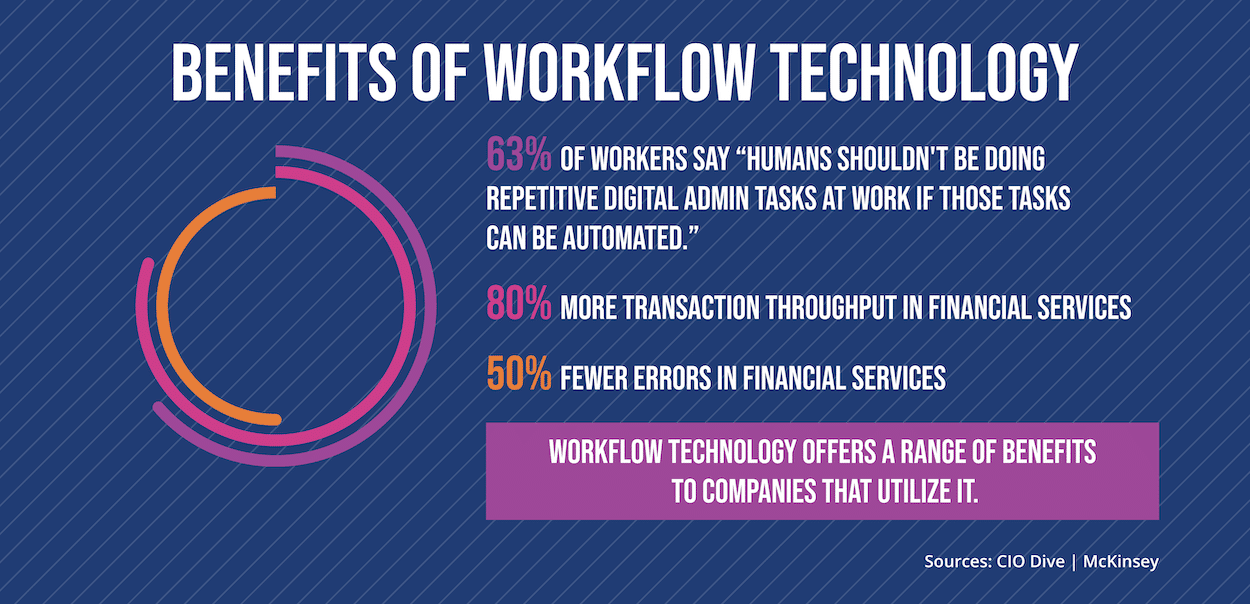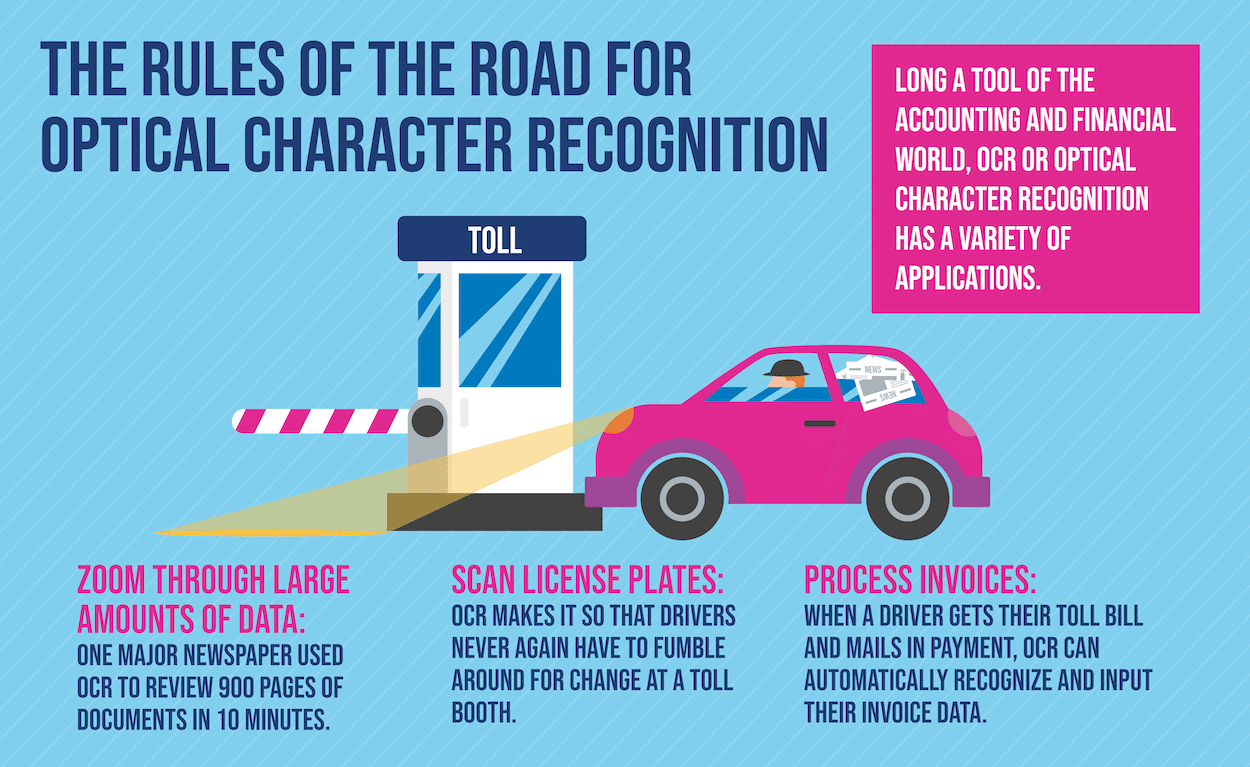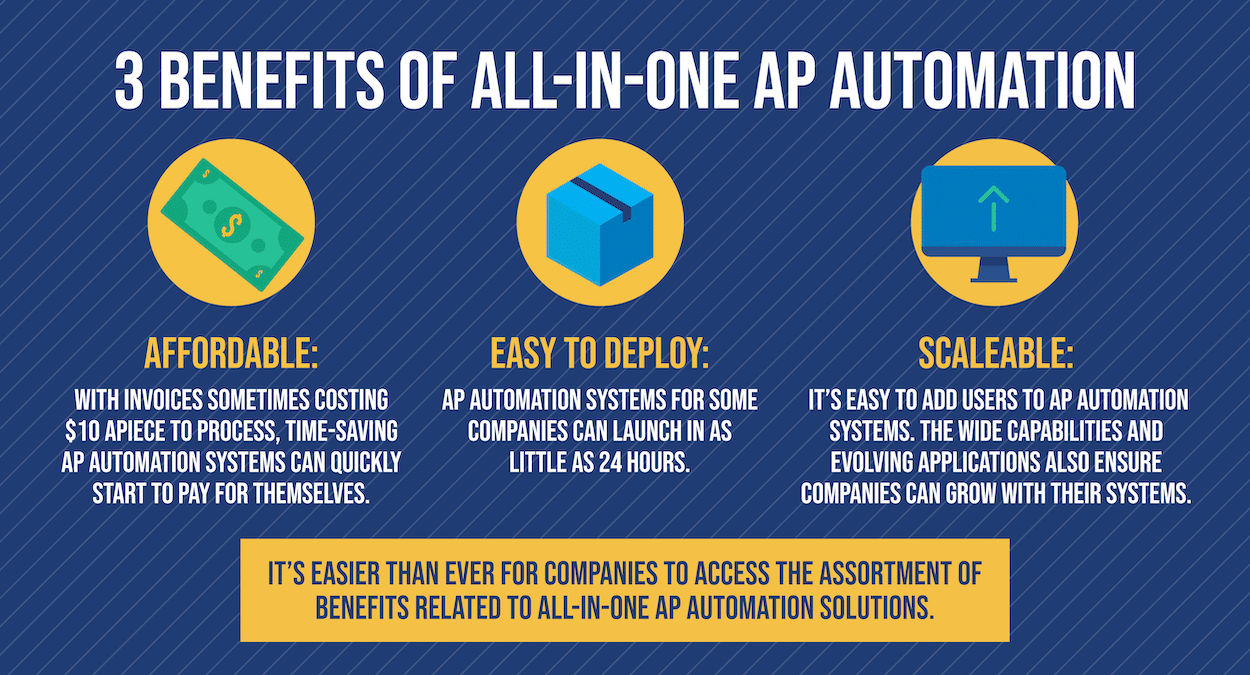10 Tools Your Accounts Payable Department Needs for 2021

Accounts payable work has become more sophisticated than ever, with good AP specialists no longer just in charge of paying their company’s bills, tracking payments and expenditures, including payroll and employee expenses. Today, an AP specialist is just as likely to serve their company, at least informally, as a fraud monitor, data analyst, monthly reporter, or efficiency expert.
As such, more tools than ever are needed for AP processes to run efficiently. Join us we analyze nine essential accounts payable tools.
Workflows, Dashboards, and Document Management

In order for accounts payable work to be effective, start with a few core tools required of AP to deliver both a more controlled and efficient function:
1. Workflow Technology
Any operations manager would advocate for workflows, which rank-and-file workers might grumble at having to follow, but delineate the steps that must be followed for typical business processes. Following workflows standardizes procedures, increases efficiency, and eliminates confusion between different departments, and most importantly, provides control, among other benefits.
In accounts payable, as Technology Advice notes, workflow technology can “move or transform data according to your instructions” with automatic form fills. Data entry and manipulation can be a hated task for any worker, with CIO Dive noting in January that 63 percent of U.S. respondents in a study saying that “humans shouldn’t be doing repetitive digital admin tasks at work if those tasks can be automated.” Sometimes repetitive admin tasks can feel like all that accounts payable is, but it is so much more than that.
Workflow technology aids accounts payable in other ways, too. It can move invoice data along automatically to the approvers who need to sign off on it in order for a bill to be paid. Then there are the broader benefits: McKinsey found, according to a Forbes Insights study, that digitizing transaction workflows end-to-end in financial services, which accounts payable is part of, “can increase transaction throughput by 80 (percent) while reducing errors by half.”
Maybe all those operations managers were on to something.
2. Accounts Payable Dashboards
In the past, if a business wanted to analyze copious numbers of invoices, that might mean an accounts payable specialist trudging off to some dusty rows of cabinets, pulling however many manila files they could handle and gleaning what information they could.
Needless to say, this process is time-consuming and expensive, with paper-based processes in general leading companies to spend as much as 70 percent over budget, according to BestTechie. Most importantly, though, in the year 2020, it’s completely unnecessary to manually requisition invoice data.
These days, AP specialists, accountants, controllers, and others can have all the data right at their fingertips, with dynamic dashboards allowing instant invoice reporting, efficiency monitoring for possible bottlenecks, and predictive tools for approvers in danger of being late. As Stampli notes, accounting dashboards help executives “maintain a clear grasp of cash flow in real-time, and (provide) important insight into where things might be improved.”
3. EDMS, or Electronic Document Management System
So much of accounts payable is about research, finding the documents that prove a company agreed to pay goods or services. Pay an invoice without these sort of supporting documents and there’s no guarantee it’s valid. Many companies won’t even allow payment in this circumstance.
On the other hand, finding paper versions of these documents can be a fool’s errand. In recent years, though, EDMS or Electronic Document Management Systems have made this work significantly easier. “An electronic document management provides a way to centrally store a large volume of digital documents,” as Techopedia notes.
The site adds that “many of these systems also include features for efficient document retrieval,” with encoded meta data allowing information to be accessed easily.
Invoice Processing, OCR, and Payment Optimization

Day by day, accounts payable can consist of a lot of minutiae functions between data entry and waiting on invoice approvals from authorized approvers. Next, we’ll cover a few tools that speed the accounts payable process while maintaining controls.
4. Invoice Processing Applications
There’s little need these days to have human staff manually processing invoices. A variety of tools can extract data from an invoice, automatically input it into a system, and begin the reconciliation process, wherein an AP specialist would typically hunt down contracts or purchase orders that prove its company had agreed to pay whatever’s on a bill.
Freeing accounts payable workers from having to manually process every invoice allows them to spend more time on value-added tasks, such as identifying early payment discounts or optimizing other AP functions such as the payments process.
Invoice processing applications can also speed up the number of invoices an AP department can process in a month. With companies that mostly utilize paper invoices processing around 700 invoices a month and employees for these businesses able to handle four invoices in an hour, according to one study, anything that saves time is of great value for both AP staff and their companies.
5. OCR, or Optical Character Recognition
Invoices can be automatically processed through a number of different methods. One way is with OCR, or Optical Character Recognition software which intelligently recognizes the text from a scanned image or document and translates it into a PDF with readable text.
With OCR technology, AP specialists can spend significantly less time sitting in front of a computer, slogging through a long stack of invoices that must be inputted into their accounting system — again, a task that lots of AP workers loathe.
The timesaving that OCR allows can be immense, with the New York Times noting in 2019 that the technology had helped them speed through 900 pages of documents in just 10 minutes. And there are a variety of other applications for OCR technology, with NYT noting that it’s “found in all kinds of day-to-day tasks, like online banking and toll-road license plate scanning.”
With broad acceptance and easily demonstrable value, optical character recognition is arguably one of the most essential tools for accounts payable today.
6. Optimizing Payments
As Forbes Insights notes from another white paper that it produced in the spring of 2020, payment information can be a treasure trove, “used to keep the business engine running efficiently—and also rev it up to accelerate revenue growth.”
Therefore, it’s important that companies have their payment platforms optimized in order to leverage the maximum amount of actionable data. Payment optimization technology allows companies to do this, with many seeking solutions that will “help them use technology to access data and enhanced offerings,” according to Forbes Insights.
Payment optimization technology offers other benefits as well, with BestTechie noting most payments these days were automated and electronic, writing, “If and when you do it right, you can actually get paid for paying, through the use of virtual credit systems and more.”
Enterprise Resource Planning, Recurring Payments, and All-in-One Automation

Accounts payable isn’t just about paying bills. When it comes down to it, a good AP specialist can be a company’s line of defense when it comes to asset management, setting up time-saving recurring payments, and ensuring that as many operations as reasonably possible are being automated.
Here are three solutions that help accounts payable workers protect their companies.
7. Enterprise Resource Planning
Enterprise resource planning, or ERP software has become increasingly popular in recent years, with organizations in both the public and private sector using it to manage equipment, fleets, and other assets. While ERP software can be expensive, sometimes running into the millions for sophisticated deployments, it can begin to pay for itself over time with what it saves its owners.
In terms of accounts payable work, ERP applications and connecting accounting and ERP can play an important role, too. The website Solutions Review notes that an enterprise resource planning tool “runs and drives the business and is the ultimate single source of truth and system of record for organizations. That’s why Accounts Payable processes must be inextricably linked and interact with the ERP system.” Have an ERP system operating wholly independently of AP and some accounting decisions might be made independent of what data or records show.
In addition, ERP platforms can automate accounting and reporting functions, being one more tool for an ever-busy controller to turn to. They help AP staff keep a handle on the complexities of corporate compliance. This is because AP automation systems, aside from helping approve invoices for payment, send this information back into the ERP, maintaining a source of truth.
8. Recurring Payments
Why should a business waste time scheduling the same payments to the same vendors over and over? Web-based software-as-a-service applications exist that allow for the scheduling of recurring payments.
One key with recurring payment solutions, though, is to periodically check which automatic payments are going out each month. This will help ensure that phantom charges don’t stay on the books long past the point that a company is using whatever service it is that they’ve committed to paying for. Daily reconciliations can also be a great way to hedge against phantom charges or fraud.
9. All-in-One AP Automation
At the end of the day, a lot of the tools described here could be purchased on an individual, piecemeal basis, with companies trying out what they think might work best for their accounts payable departments. Ove time, however, this can become a costly and inexact practice, with businesses missing out on certain benefits that more inclusive solutions provide.
That said, there are accounts payable automation platforms out there, such as Stampli, which provide all-in-one capabilities, from workflows to invoice processing and integrate with enterprise resource planning systems so all information between systems is up to date and accurate. These solutions are flexible to any process, scalable, and can be quickly deployed to help AP departments become a more efficient and controlled function for the entire company.
And it’s not just about helping accounts payable. Around 96 percent of AP automation users are outside of accounts payable departments. Invoice approvers across departments and at different locations, they require an easy-to-use workflow solution to approve invoices as easily as possible to ensure AP can pay vendor invoices on time.
All-in-one AP automation tools are a great way to do this — and a whole lot more.
Need more tools in your accounts payable arsenal? Contact Stampli today for automation in weeks, not months.
